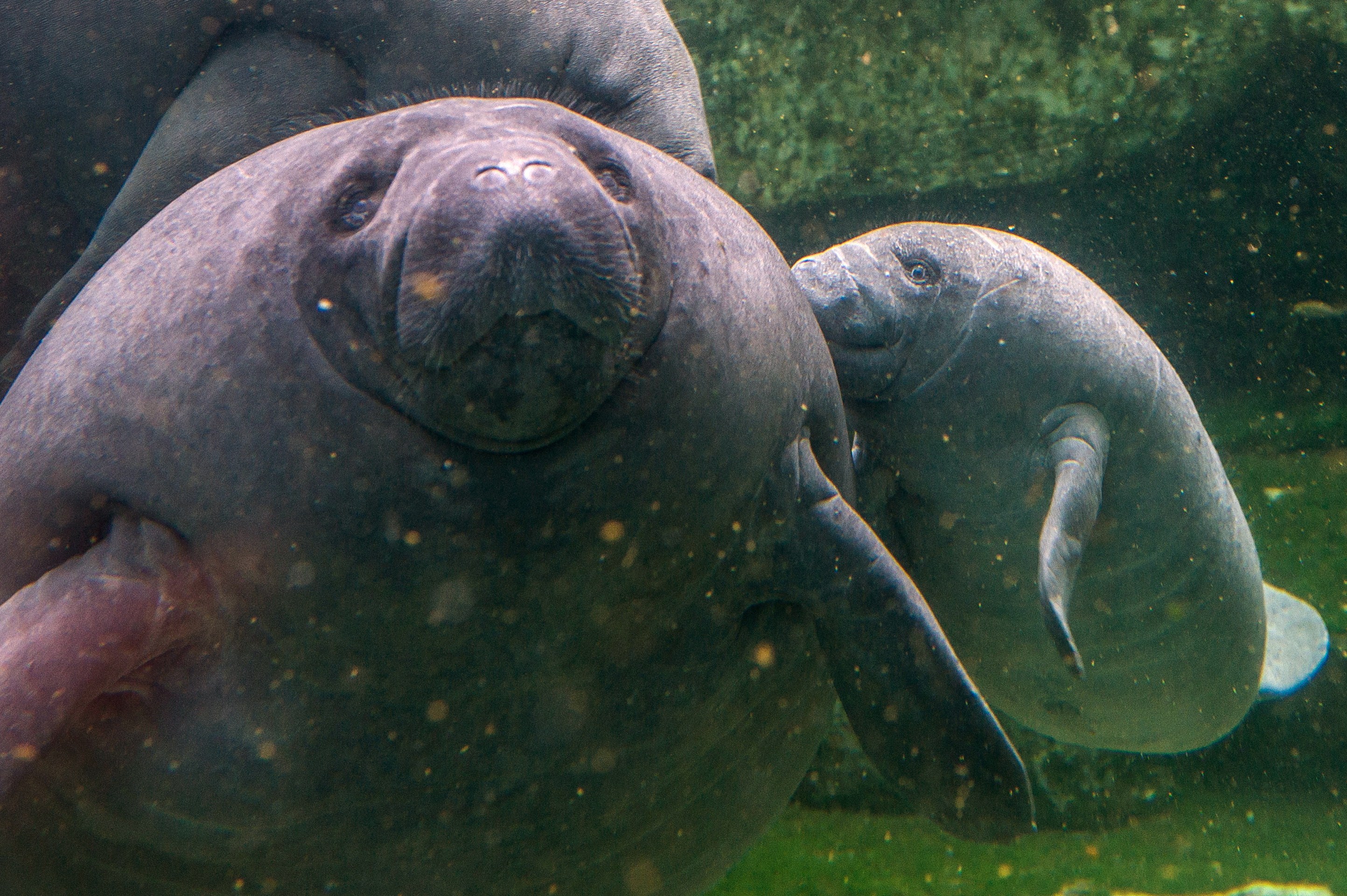There is good news and bad news to be found in the latest manatee population count performed by the Florida Fish and Wildlife Conservation Commission.
FWC says the number of Florida sea cows is now estimated to be somewhere between 7,000 and 10,000. That’s up about 20 percent from a previous study they did six years ago.
But it’s not all good news. Officials aren’t ready to declare it a population boom just yet.
At TECO’s Manatee Viewing Center in Apollo Beach, about 20 of the mammals have congregated so far this season, seeking the warm water of the power plant’s outflow.
“I think I like the fact that they bother no one in there, just trying to sustain themselves, like we all are,” said Clara McLain, visiting the center.
“Oh, they are really cute and ugly at the same time. I think that’s what’s really cute,” said Gwendolyn Heloua, also visiting the center Wednesday.
Jeff Hostetler, a research scientist with Florida is fish and wildlife research institute in St. Peterburg, has been looking into the newest manatee census figures.
The agency estimates the sea cow population is now is up from somewhere between 5,500 and 8,000 when they performed the same count in 2011.
“It’s a higher estimate than the other study,” said Hostetler, “So that would suggest good.”
But Hostetler warns the latest numbers are based on aerial surveys taken about two years ago. And this year, between cold weather, boats, and red tide, more than 700 manatees have died.
Close to 200 manatee deaths have been attributed to red-tide and other algae-related problems this year. Unfortunately, scientists say, algae becomes an issue for manatees when it settles on seagrass which is their primary food source.
“If everything stays the same, there’s going to be more deaths of manatees,” said Hostetler. “So that is something that we all have to be ready for. If the population increases that there will be more deaths as well.”
What seems more certain is that conservation efforts to help the manatees are working, creating an environment that’s allowing their population to recover.
Scientists are considering another headcount in a couple of years, at which point they and fans of these gentle giants hope to see a positive trend.
“But overall, we are happy to have this out,” said Hostetler, “And it’s going to be important input for population modeling.”
“Yeah, I would love to see them continue,” said Terry McLain, visiting from Atlanta. “I would love for my kids to bring their kids here to be able to enjoy them and see them.”
►Make it easy to keep up-to-date with more stories like this. Download the 10 News app now.
Have a news tip? Email tips@wtsp.com, visit our Facebook page or Twitter feed.


